How to Grow Cactus and Succulents
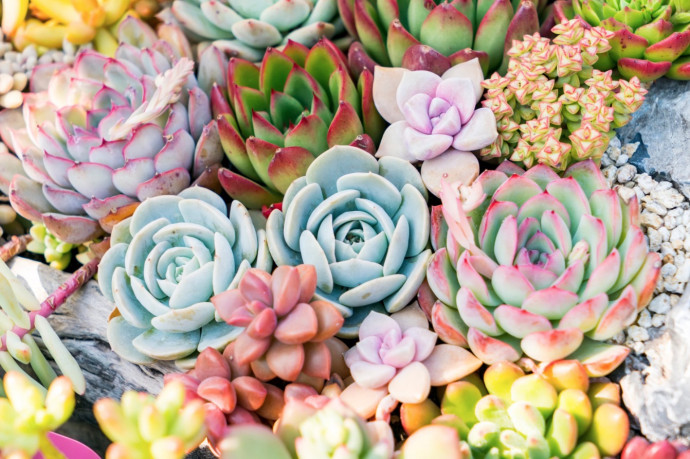
Succulents and cacti are very popular plants in gardens around the world, partly because they can survive in so many different climates. They are beautiful to look at and almost indestructible. Making your own homemade soil for these uniquely beautiful plants is easy if you follow the recipe below; it can be used for indoor or outdoor containers or in planting beds. No matter what type of cactus or succulent you are growing, the rules are pretty similar for the different species. Here are the general rules for growing top quality succulents.
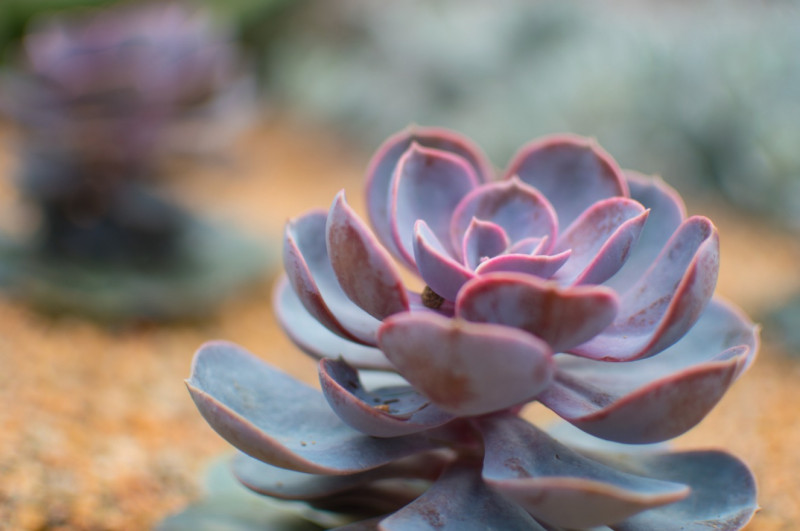
Homemade cactus and succulent soil mix.
- 1 part organic potting soil with worm castings
- 1 part perlite or pumice
- 1 part coarse building sand
Tip: For spiny cacti, wear protective clothing and use gripping tools like tongs wrapped in tape to protect your hands from the spines when you plant them. Fertilize with organic cactus or succulent food at planting and again in spring and summer. Do not fertilize in the winter.
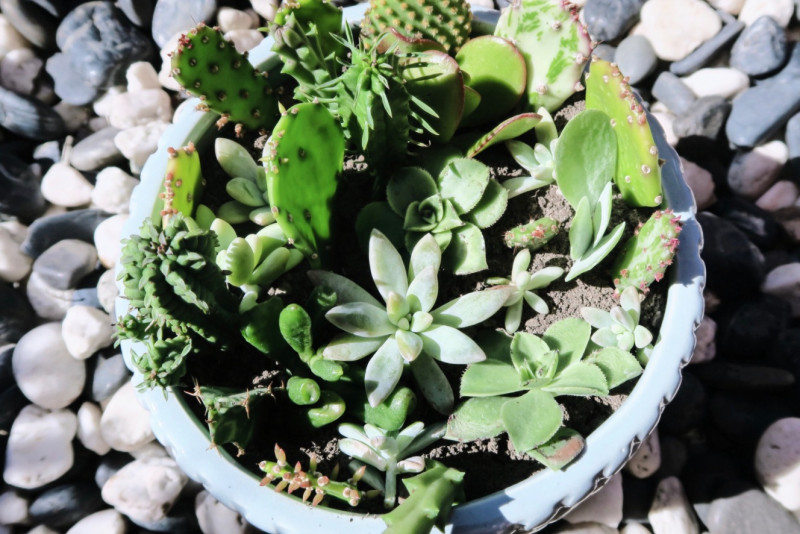
What's so great about succulents?
Most succulents, including cacti, are pretty tough and can thrive in temperatures as low as 40 degrees at night, but they prefer daytime temperatures of 70 degrees to about 85 degrees. For example, there are some species of sedums that can survive seemingly arctic winter conditions in the north. They are grown for their drought tolerance, interesting architectural forms, and beautiful color palette. Cacti and succulents look just as wonderful on patios and balconies as they do in the ground.
When you plant these drought tolerant plants, it is important that they receive even drainage. If you live in a northern climate, certain varieties of cacti and succulents may die in the cold winter. It's wise to have a plan for what you're going to do with a cactus or succulent in the winter - for example, if you put them in portable containers that allow you to move them as needed, the plant will have a longer life. Once you've planted them, remember that while many succulents prefer bright light, they can burn if exposed to direct hot sunlight. If they are in too little light, the plants will grow leggy and misshapen to get to the light.
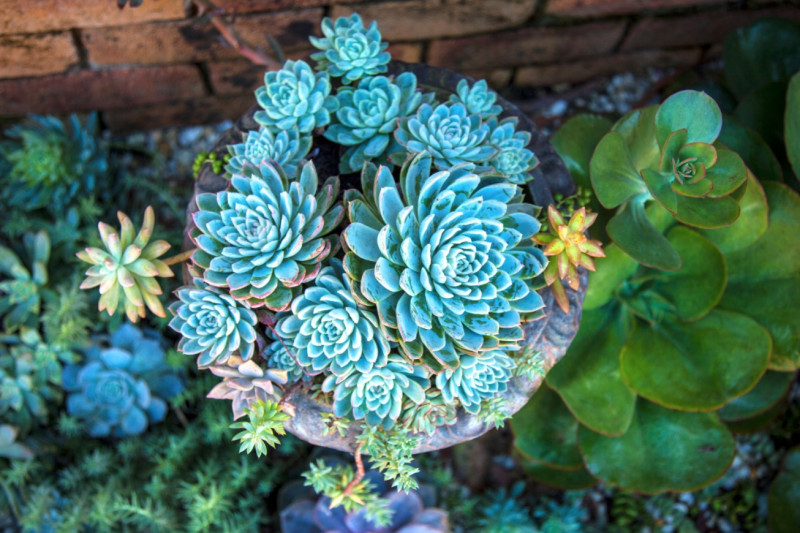
Tips for Grow Healthy Succulent plants
Temperature and humidity
Succulents are much more cold-tolerant than many people realize. In the desert, where there is often a pronounced contrast between day and night, succulents thrive in the colder nights when temperatures sometimes reach 40 degrees Fahrenheit or less. Ideally, succulents prefer daytime temperatures between 70 and about 85 degrees Celsius and nighttime temperatures between 50 and 55 degrees Celsius.
When it comes to humidity, not all succulents are created equal. Some prefer more humidity than others, but as a rule of thumb, they have no problem with humidity levels slightly above or below 80 percent.
Fertilizer
Fertilize your succulents during the summer growing season just like your other houseplants. Stop fertilizing altogether in the winter.
Light
Succulents prefer bright light when kept indoors or outdoors, and should receive at least six hours of sunlight per day. You can watch their leaves to determine if the amount of light you are giving them is correct - some species will burn if suddenly exposed to too much direct sunlight, while others will have their leaves turn brown or white as the plant fades and the soft tissue is destroyed.
On the other hand, an underexposed succulent will begin to stretch, with an elongated stem and widely spaced leaves in a condition known as etiolation. The solution to this problem is to provide the plant with a better light source and prune the plant back to its original shape.
Soil
Succulents should be potted in a quick-drying mix designed specifically for cacti and succulents. If you don't have access to a special mix, you can modify a regular potting soil with an inorganic such as perlite to improve aeration and drainage.
You can also pot your succulents in a terra cotta or clay container to improve soil drainage. The porous nature of the materials will help draw moisture out of the soil and help your succulents avoid root rot.
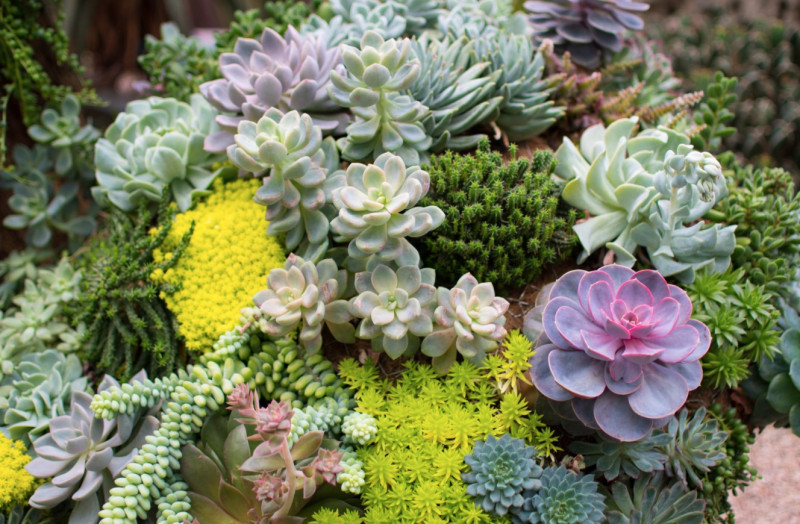

How/ where do I sign up ?!!!